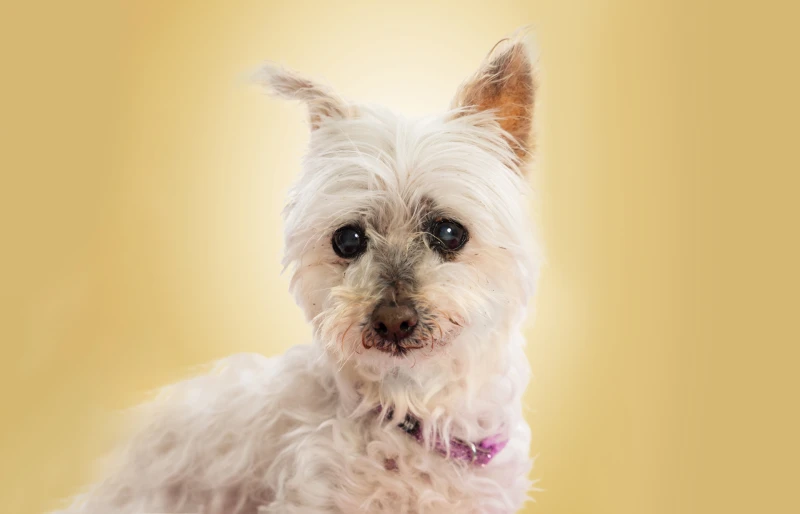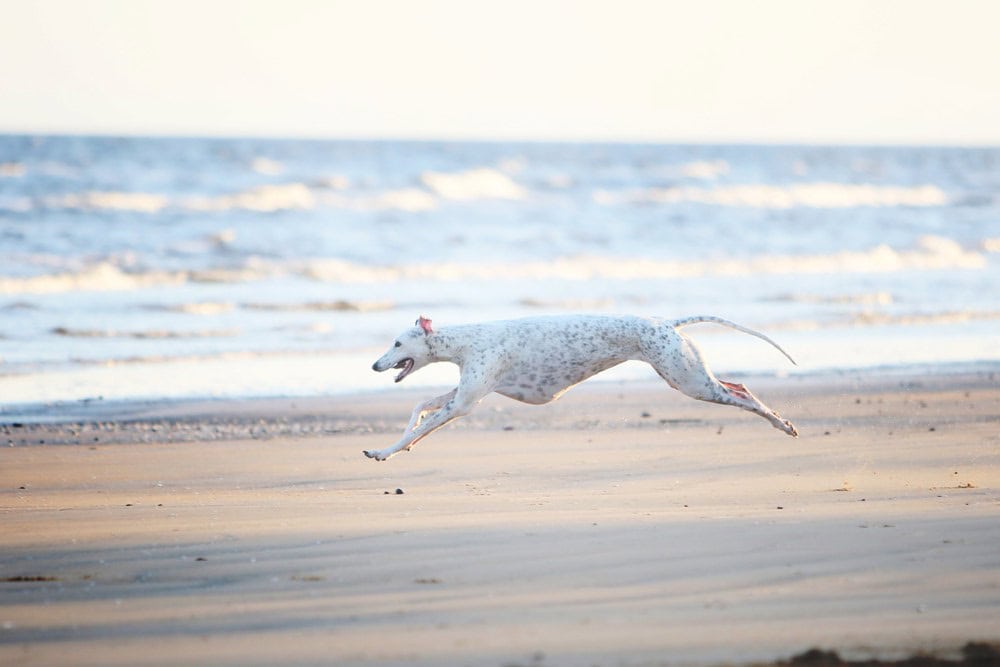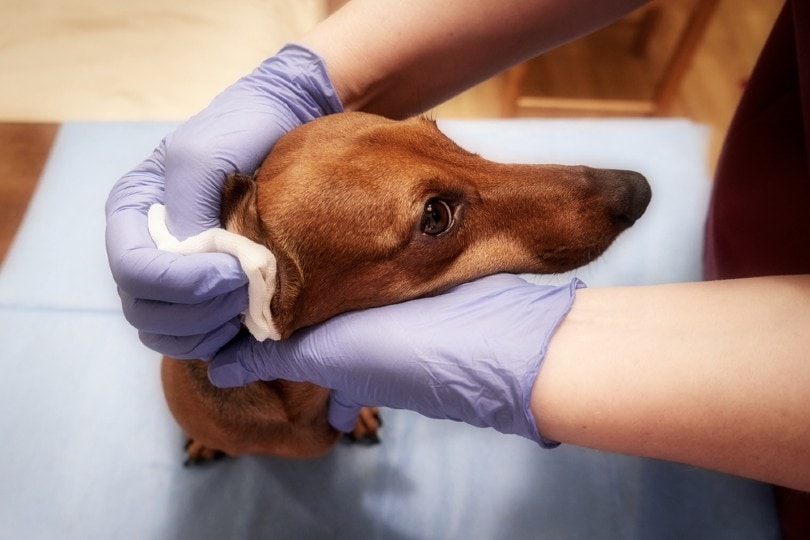Brown Maltipoo: Pictures, Facts & History
By Kit Copson
Updated on
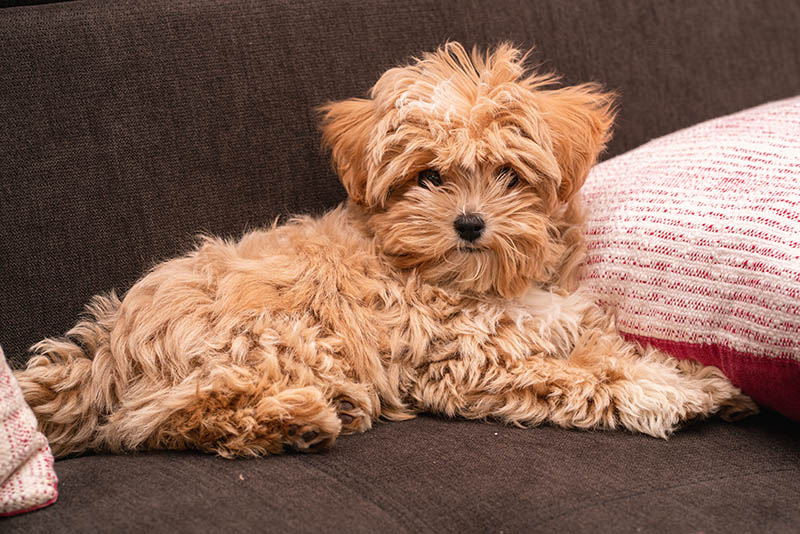
Click to Skip Ahead
The Maltipoo is a cross between a Maltese and a Poodle. Though Maltese dogs only come in white and a couple of white combinations, Poodles come in many colors. For this reason, Maltipoos are a diverse bunch color-wise, with Maltipoo coat colors including black, white, apricot, red, and cream.
| Height: | 8–14 inches |
| Weight: | 5–12 pounds |
| Lifespan: | 12–15 years |
| Colors: | Brown |
| Suitable for: | First-time dog owners, families |
| Temperament: | Affectionate, playful, upbeat |
Brown is another possible Maltipoo color, but a truly brown Maltipoo is pretty rare and is considered the product of genetic luck. That said, you can get Maltipoos in various shades of brown including tan and beige, and these are sometimes labeled “brown”. In this post, we’ll explore the brown Maltipoo’s origins, history, and some unique facts about this happy-go-lucky, loving little dog.
Brown Maltipoo Characteristics
The Earliest Records of Brown Maltipoos in History
Maltipoos are a modern crossbreed and first came about in the 1990s, but to understand more about them, we need to look into the histories of the two parent breeds.
The Maltese dog is an ancient breed that probably dates back to the time of the Phoenicians, who are likely to have been responsible for first bringing the Maltese to Malta prior to Greek rule. Their appearance was greatly admired and immortalized in art by the Greeks in the 4th and 5th centuries B.C. and later by Roman aristocrats. Roman ladies in particular were Maltese aficionados and kept them as lapdogs and fashion symbols.
Poodles date back more than 400 years and, contrary to popular belief, had their beginnings in Germany, not in France. They were originally bred as water retrievers thanks to their high intelligence, protective curly coats, and excellent swimming capabilities. The name “Poodle” comes from the German word “pudelin”, which means “to splash in the water.”

How Maltipoos Gained Popularity
Maltipoos first became popular in the 1990s as easygoing, affectionate, low-maintenance family dogs. As for the parent breeds, Maltese dogs have been popular for their beauty and charm for thousands of years, but Poodles became popular outside of Germany a few hundred years ago, particularly in France.
The French people and nobles alike took a shine to both Standard and Miniature Poodles because of their elegant appearance and trainability. They were brought more into the public eye when they started being used in European circuses. Today, the Poodle is the national dog of France.
Formal Recognition of Brown Maltipoos
The American Kennel Club does not recognize the Maltipoo because it’s a crossbreed. However, both the Poodle and Maltese are recognized breeds. Poodles were first recognized by the AKC in 1887 and the Maltese was recognized just one year later in 1888.
In Europe, the Federation Cynologique Internationale (FCI) recognizes a fourth Poodle size—the Moyen, which translates to “medium”. The AKC, on the other hand, only recognizes three Poodles sizes, which are Toy, Miniature, and Standard.
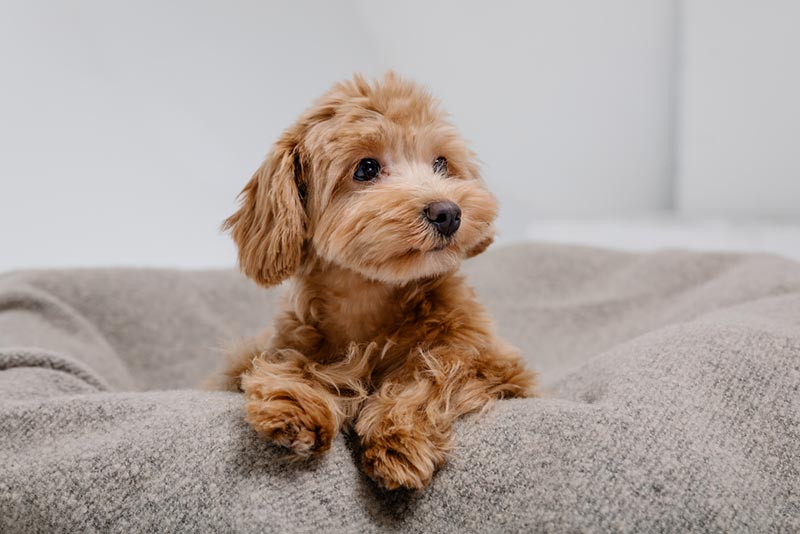
Top 3 Unique Facts About Brown Maltipoos
1. Truly Brown Maltipoos Have No Black Pigmentation
As we touched on earlier, Maltipoos come in various shades of brown, but a truly brown Maltipoo is very uncommon. A Maltipoo with true brown coloration will have no black pigmentation—the nose and areas around the eyes should be brown.
2. F1b Maltipoos Are More Likely to Be Dark
Maltipoos of the F1b generation are created by backcrossing a Maltipoo to a Toy Poodle. These Maltipoos are more likely to have a darker coat due to the higher percentage of Poodle genes.
3. The Maltese Dog is Considered a Canine Aristocrat
Both the Maltipoo’s parent breeds, the Poodle and the Maltese, have long been popular for their elegance and beauty, but the Maltese has been considered an “aristocrat” in the dog world for more than 28 centuries.
Does a Brown Maltipoo Make a Good Pet?
Maltipoos in every color adapt wonderfully to family life, whether that family is big, small, or a canine-human power duo. They’re typically happy little souls, lovely in temperament, and with a real sense of fun. Maltipoos are also great lap warmers due to their compact size and affinity for cuddles. In terms of care, they don’t shed much, but it’s still a good idea to give them a quick brush daily to prevent mats and tangles.
If you have young children or other pets, supervise them closely around your Maltipoo as these little dogs are quite delicate—they’re not the type of dogs that can withstand roughhousing and could be easily injured by an overenthusiastic child or dog.
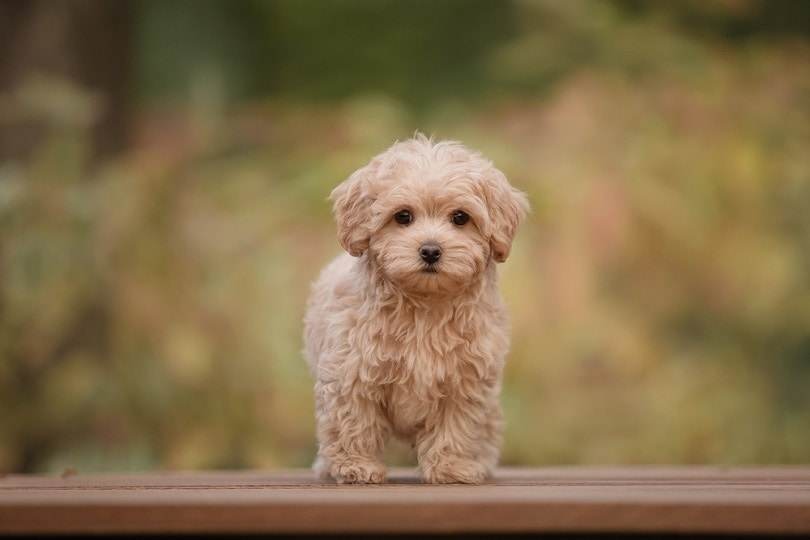
Conclusion
To recap, truly brown Maltipoos are gorgeous, deep chocolate-colored little dogs that are surprisingly rare. Though a modern phenomenon, their ancestors have a long and rich history as Greek muses, Roman lapdogs and fashion statements, and German duck hunters.
The Maltese–Poodle mixture has created a dog with all the best traits of the parent breeds—super intelligent, sparky, cheerful, and affectionate—and that is much loved in many households today.
Featured Image Credit: Alex Boc, Shutterstock


